HI!! It is the blog: How Unique Japan! We always share any Japanese features through this webpage!
What comes today?
Today, we talk about Japanese traditional socks, Tabi!
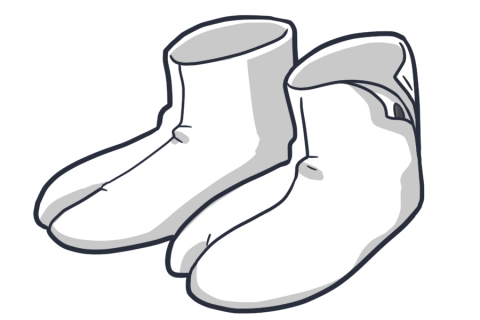
Have you seen the socks with the spread toe part like that? It looks strange.
However, they are famous socks in Japan due to their flexibility.
How does it work?
The Origin
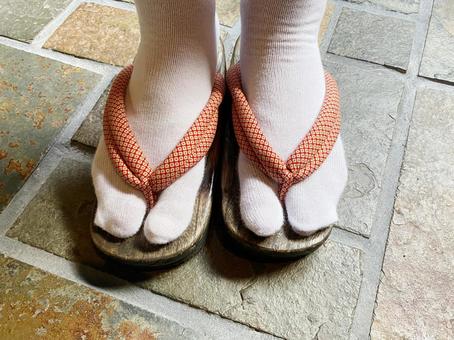
It has a long history. Some historians suggest that the origin of Tabi socks already existed in the Nara era (Around 710 AD!!).
At that time, those socks were just for the people with high society crass (like loyal family). They were from the skins of animals, specifically bears, deer, and, surprisingly, monkeys.
(Now, almost all of them are from cotton).
Why is that form?
Then, why did they create them in that form? The answer relies on Japanese traditional shoes.
In ancient times, all Japanese people wore shoes that resembled sandals.
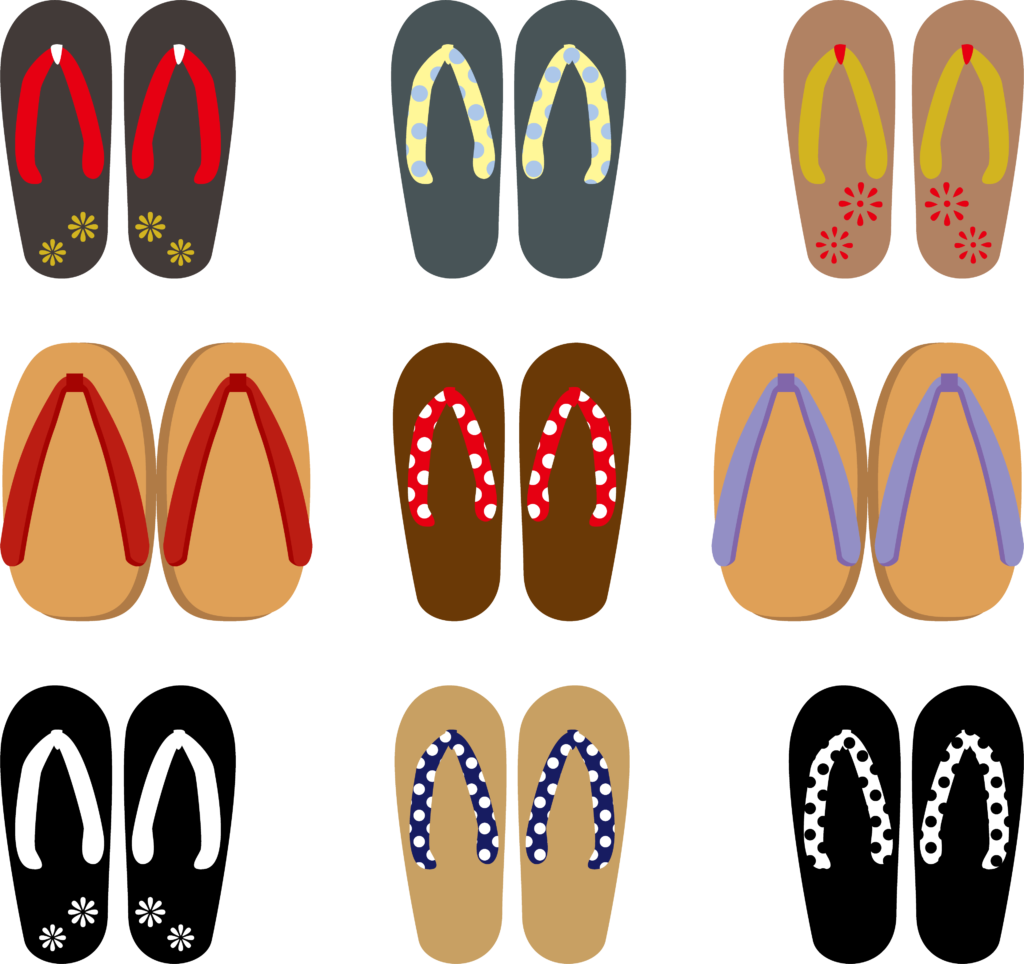
As you see in the picture, the toe parts have two lines from the right and left sides. And the lines tie to the middle of the toe area.
Thus, the way to put them on is similar to putting on sandals.
That is why the Tabi needed the divided top.
The advantage of Tabi
The merits are various. First, the leg muscles will get trained because the toes can grab the base when walking anywhere.
The other advantage is balance. Grabbing the base with the fingers stabilizes us in good balance when walking with the socks.
That is why the old Japanese loved them.
Who always wears them for their job?
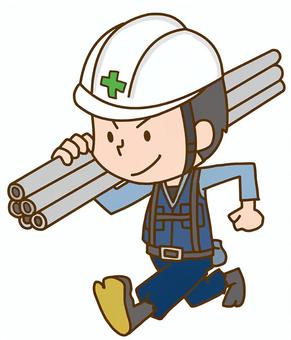
So, we briefly explained how they work.
Particularly, some professional workers need them.
They are the Construction Industry workers, Tobi in Japanese. It is already clear that Tabi socks give us a good balance.
Thus, it is necessary for them because they work at a high level.
They can sense tiny areas where they stand up by grabbing with their toe.
Moreover, the Tabi in such a dangerous workplace improved. It is Jika Tabi. (Hard sole Tabi)
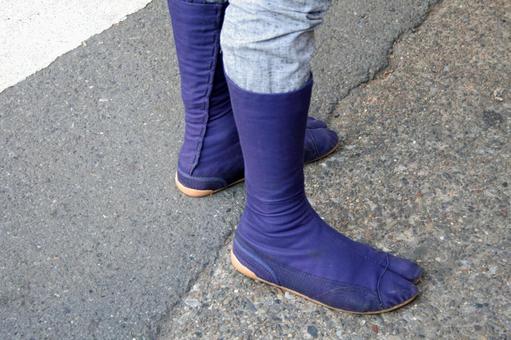
The thick and tough rubber is attached to the sole area.
So, those became more unbreakable than normal Tabi, and they can still grant a trunk.
To close
It is the brief for Tabi today!
However, there are still many kinds of them. They sometimes have different color patterns made by various ingredients. Even some sneakers imitate them.
Wait please. It is not yet. We still have another article categorized into four topics. They are the Japanese lifestyle, food, the Edo era, and religion.
If you are interested in more Japanese features, please visit the front page of our blog.
See you for the next article!
